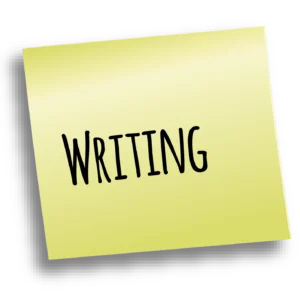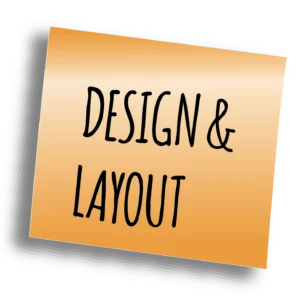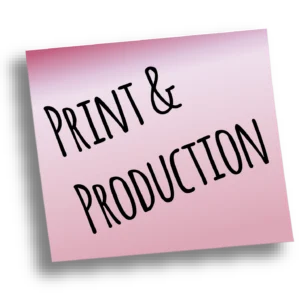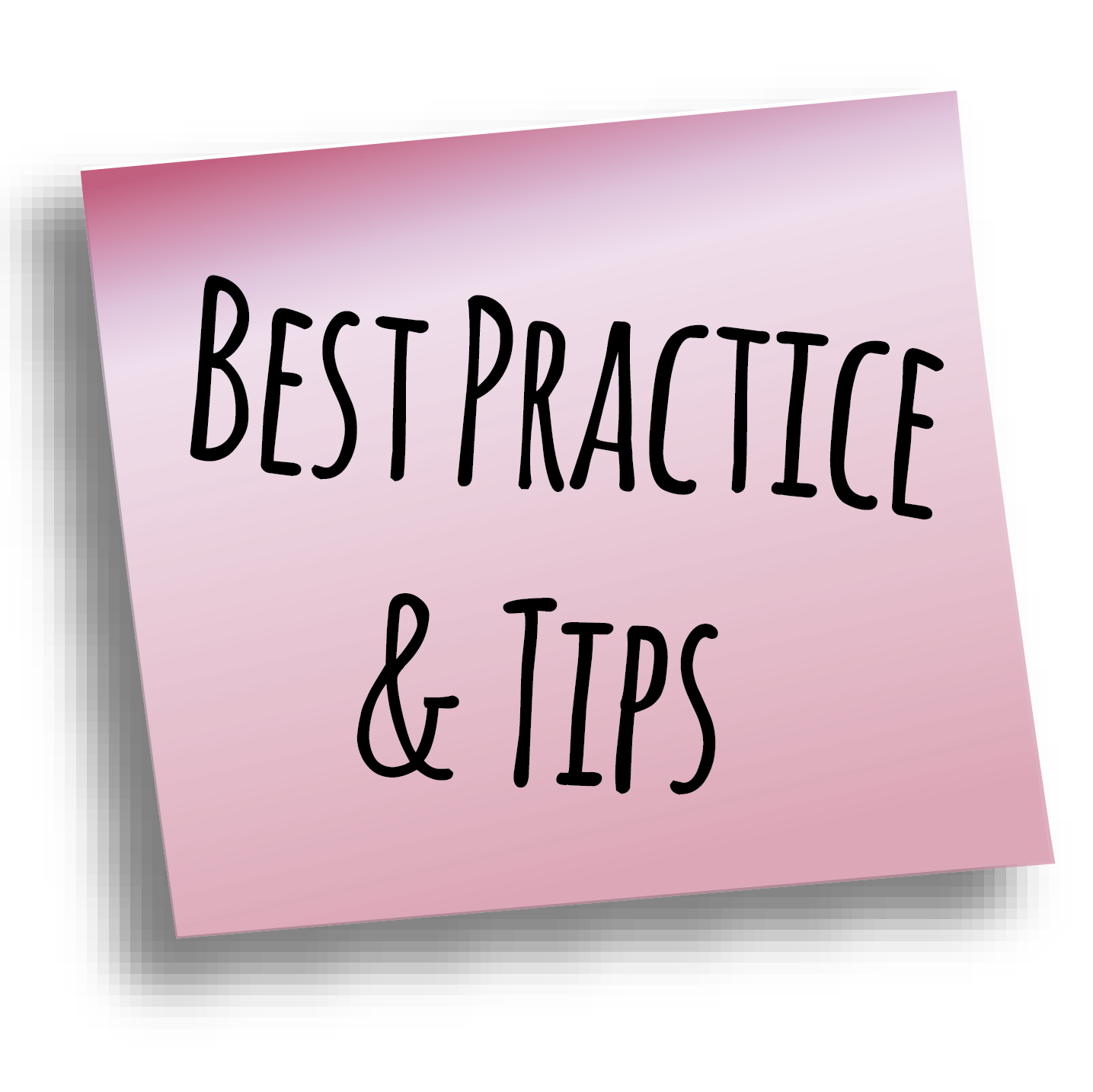BIG IDEAS LIBRARY PUBLISHING GUIDES
Illustrated Books
Things to think about when self-publishing your illustrated book, from writing to promotion, print and eBooks. These guides are for general guidance because every book is unique.


Content Creation Phase
Q: What makes illustrated books different from other book types?
A: Illustrated books require careful coordination between visual and textual elements. The relationship between images and text must be planned from the beginning, making the pre-production phase more complex than text-only books.
Q: How do I set goals for an illustrated book project?
A: Define what the book will accomplish for both you and your readers. Consider how the visual elements will enhance the reader’s understanding and engagement with your content. Part of this will be specific research your target audience and how they like to consume information. Perhaps you have a fresh approach or wanting to improve an established model.
Q: What should I consider when determining illustrated book specifications?
A: Agree on the book size early, as this affects how images will be displayed and reproduced. Also bear in mind what paper quality you require to reproduce your visuals and the use of the book – children’s, adult, text book; this use will also impact on the type of binding. Take advice early and check similar books in the genre if you are not experienced. Look at potential page extents and consider how your visual content will work within these constraints. The size and paper quality will also impact on your budget. Paper and binding can be finalised in the pre-print phase.
Q: How do I plan a visual content strategy for my book?
A: Create a comprehensive plan for image sourcing, illustration commissioning, and photography needs. Determine the best way to represent your content through text, tables, illustrations, photos, or pull-out elements before you begin production.
Q: What’s the importance of storyboarding for illustrated books?
A: Storyboarding’s crucial for illustrated books because it helps you visualise how text and images will work together across spreads. This planning prevents costly revisions later in the process. This will also depend on the content, genre and audience.
Q: What team structure works best for illustrated books?
A: Assemble a collaborative team including a writer, art director, editor, and designer. This team should work closely together throughout the process to ensure visual and textual elements complement each other to best effect.
Q. Is it OK to use AI in the production of my illustrated book?
A. AI is useful in terms of some aspects of research, helping structure and layout, even ideation. However, because AI draws on existing material, beware mediocre, biased, and often inaccurate outputs. AI should be viewed as a tool to assist your creativity, not supplant it. What will make your illustrated book stand out is your unique take on your subject: fresh ideas and concepts, personal experience and an authentic style.
Human authorship of text, photography or illustration is required for copyright. Wholly AI-generated work is considered public domain and not copyrightable in the UK, US, and other jurisdictions around the world.

Design and Layout Phase
Q: How should I approach the design phase for illustrated books?
A: Follow a structured cycle: complete the first section, select and check pictures, create initial layout, then have the editor review. Once this is agreed continue with the design in the agreed style, at the ned of this process get the editor to review and then a full proof read, only once the pages are finalised can the book go to the indexer. Once indexed there can be no more editorial changes.
Q: What’s the typical workflow for illustrated book layout?
A: Follow a structured cycle: complete the first section, select and check pictures, create initial layout, then have the editor review. While the second section’s being reviewed, begin designing it. This parallel workflow maintains momentum while ensuring quality.
Q: How do I approach designing an illustrated ebook?
A: Different ebook platforms handle images differently. Some visual elements that work well in print may need to be adapted for digital formats. Do your research and plan for these different formats and layouts.
Q: How do I work with printers on illustrated books?
A: Liaise with your printer early to understand economical page groupings (4pp, 8pp, 16pp sections). Illustrated books often have specific requirements for paper quality and printing methods. You will probably have some ideas to bring to your printer from your earlier research. Ask questions, pose challenges. Your printer is also part of your team and it’s important to find one that’s going to be proactive and apply their own experience to create the best book possible.
Q: What’s different about proofreading illustrated books?
A: Proofreading illustrated books involves checking both text and visual elements. Ensure images are properly placed, captions are accurate, and the relationship between text and visuals makes sense. As a general note, do make sure you attribute any third-party quotations and citations for references you may use.

Print and Production Phase
Q: What printing considerations are unique to illustrated books?
A: Illustrated books often require higher-quality paper and printing methods to reproduce images effectively. At his point finalise your colour accuracy, paper finish, and binding options that’ll best showcase your visual content.
Q: Should I consider special editions for illustrated books?
A: Special editions can be particularly effective for illustrated books, especially if your content targets specific markets or could tie into workshops or courses. Plan these early in the process.
Q: What files do I need for print production?
A: You’ll need print-ready PDFs created from your final, proofread manuscript. These should be high-resolution files suitable for professional printing, often printers will want to supply you with their own PDF settings file, so your file is produced for their printers, if you need help with this ask. Be guided by your printer to avoid errors and delays.
Q: How do I handle ebook conversion for illustrated books?
A: Ebook conversion for illustrated books requires special attention. Work with converters experienced in handling complex layouts and high-quality images. Files need to be created in epub and mobi formats for major platforms.
Q: What should I know about ebook formatting for illustrated content?
A: Different ebook platforms handle images differently. Some visual elements that work well in print may need to be adapted for digital formats. Plan for this during the design phase. Although for books with integrated illustrations a PDF format will keep the illustrations in the correct place in your text. The epub and mobi format allow the digital device to chose the type size for a device, e.g. tablet or smartphone. This can cause havoc with your beautiful layout!
Q: How long does distribution take for illustrated books?
A: Similar to other book types, ebooks become available in online stores within 2-7 days of distribution. However, the conversion process for illustrated books may take longer due to the complexity of the files.
Q: What quality control steps are essential for illustrated books?
A: Request digital online proofs and consider digital output proofs, especially for covers and key visual spreads. In some cases you can arrange with the printer to check the pages on press if needed to ensure colour accuracy and image quality meet your standards.

Best Practices and Tips
Q: What’s the most common mistake in illustrated book production?
A: Failing to properly coordinate the relationship between text and images from the beginning. This can lead to expensive revisions and delays later in the process.
Q: How do I ensure my illustrated book works in both print and digital formats?
A: Plan for both formats from the beginning. Some visual elements may need to be adapted differently for print versus digital, so consider this during the design phase. If in any doubt ask and get answers early to save headaches later on.
Q: What should I prioritise if I’ve got budget constraints?
A: Prioritise professional image quality and layout design. Poor visual presentation can immediately undermine the credibility of an illustrated book, regardless of content quality.

Return on Investment
Q: What’s the most important statistic for indie authors to know?
A: Independent authors who employ professional editors and cover designers improve their sales by an average of 34%. Professional cover design alone raises sales by an average of 18%.
Q: How do I decide whether to invest in professional book publishing help?
A: Calculate the cost of professional services against your cost per copy of printing and expected sales. The improved sales from professional editing and design often justify the investment. This comes down to your cost per coy of production and the percentage that end sellers like Amazon want of the sales price. Also consider how you are going to despatch printed products. Called fulfilment, some sellers will do this for you but be aware of their charges, you need to make sure each book gives you a return for all your time and effort.
Q: What should I prioritise if I’ve got a limited budget?
A: If you must choose, prioritise professional cover design first (18% sales increase) and professional editing second. Both together provide the maximum benefit (34% sales increase).
Q: Are there any corners I shouldn’t cut?
A: Never compromise on proofreading. Errors signpost an amateur approach to readers and can destroy the immersive experience you’ve worked so hard to create.

Promotion Phase
Q: What do I do about marketing my book?
A: There are many book promotion businesses who will say they can make your book a bestseller. They will charge you, and in many cases, you will not see any sales uplift at all. Be very cautious and sceptical of these offers, many now are AI driven and will massage your ego to get the sale of their service. Online activity alone is unlikely to bring you huge sales. Newsletters can be effective if you have an audience. Events and talks help create buzz and sales. The time and effort to market your book should not be underestimated, and it’s not a question easily answered in an FAQ. Be aware that writing your book is just the start!
Driving engagement to your website, blog, or social media is very much down to you. You can advertise on Amazon, Google, Facebook, etc., but remember each campaign must pay. All these expenses are coming off your book’s cover price. Start your research into your audience and where they buy their books early on in the creation process. That’s where to focus your efforts. Look at what other successful authors do to attract sales, including reviews and PR. Importantly, get trusted advice and sound professional guidance to support all your efforts.
